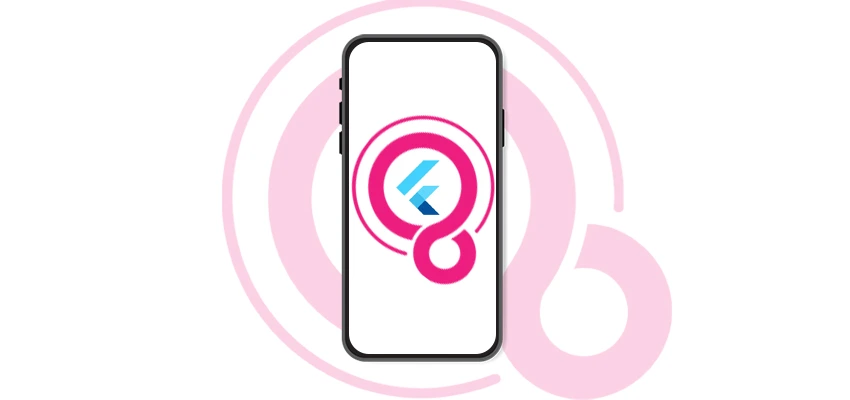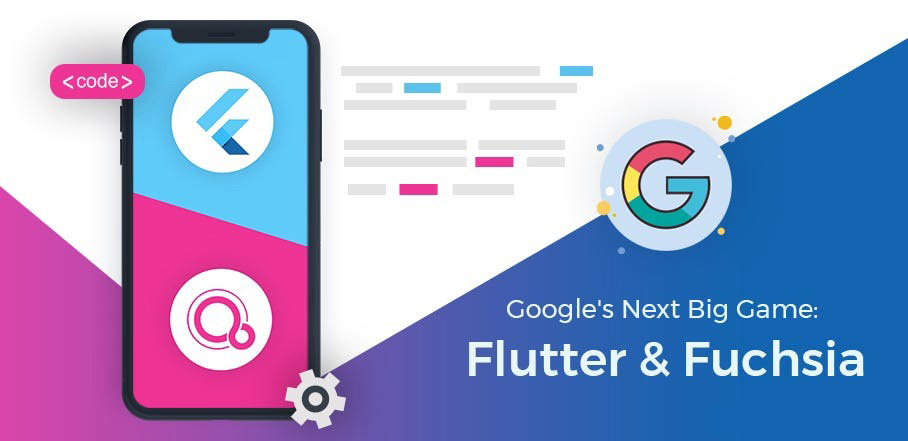Introduction
The announcement of Fuchsia OS by Google led to a flurry of anticipation and conjecture among the tech-savvy. Was it the new kid on the block, the next Android gone better? Perhaps it might be the new baby in the Chrome OS family or just a new experiment? While Google’s exact intention remains a mystery, however, the key development that emerged is that Flutter, the cross-platform UI toolkit originally announced by the search giant, ultimately serves as the pivotal point in the evolution and future of Fuchsia’s app development.
The news is not just a cool fact for a Flutter dev to read. It’s more like having a front-row view of the future of mobile app development.
Bridging the Gap Between Present and Future
The synergy of Fuchsia OS and Flutter is a signal to the world that Google is not merely introducing a new operating system, but rather creating the infrastructure for a next-generation where applications can be effortlessly transported to any device, regardless of its size or type. The developers are entering a realm where they have to consider less the different platforms (mobile vs desktop vs embedded) and more the “screens” or “surfaces” through which the apps interact with the users. Flutter in this scenario would be the common language and Fuchsia the background canvas for the framework. The change of device-specific to context-specific could have a significant impact on the way we think the UI/UX design, performance tuning, and app lifecycle management.
What is Fuchsia OS?
Fuchsia defines a next-generation operating system built by Google from the ground up, not based on Linux like Android and Chrome OS, but on a new custom microkernel called Zircon.
It serves as:
- Security and privacy, as well as sandboxing, were the primary focuses in the design.
- Scalable–the OS could theoretically be running on anything from a tiny IoT device to a gigantic supercomputer without any problem.
- Future-ready – designers created it to adapt to changing hardware and user needs.
Where Does Flutter Fit In?
Here is the fascinating part: Flutter is the primary UI framework for Fuchsia apps.
This means that if you know Flutter now, you already understand the language of the Fuchsia app ecosystem.
Why Flutter?
-
Cross-platform capability – Write the code once and run the app on Android, iOS, web, and now Fuchsia.
-
Performance – Compile the code to native ARM or x86 to keep the UI smooth and fast (60fps+), ensuring strong performance.
-
Consistent design – Render designs exactly as specified for each device.
How Flutter and Fuchsia Work Together

In Fuchsia, apps are called components. A component is any UI app, a service, or a system process. Basically, Flutter apps in Fuchsia are the UI components that can visually be identified but are technically running inside the Fuchsia framework.
Example workflow for a Flutter app on Fuchsia:
- Write your app in Dart (exactly like any Flutter project).
- Compile the source for Fuchsia’s architecture.
- Package the app as a Fuchsia component.
- Deploy the app to a Fuchsia device or emulator.
Benefits for Developers
- Future-proof skills–You are not restricted to a single platform.
- Easier transition–You do not need to learn a completely new SDK for Fuchsia.
- Broader audience–One codebase, multiple platforms.
- Early adopter advantage–Get prepared before Fuchsia becomes mainstream.
Possible Use Cases
- Smart home apps–Flutter on Fuchsia could power UIs for IoT devices.
- Wearables–Lightweight, fast apps for new smartwatch experiences.
- Desktop-grade apps–Fuchsia’s scalability means Flutter could handle complex desktop UIs too.
Challenges and Considerations
The vision of the future is there for everyone to see and be amazed, but the reality of its implementation will be full of obstacles. The problem of hardware fragmentation always lurks (many vendors, many devices with different form-factors). The mentality of developers has to change—creating infinitely scalable surface applications is quite different from creating applications for a 5″ smartphone. Also, there are some unknown factors: although Fuchsia is designed to be secure and modular, the ecosystem (libraries, marketplaces, devices) is still less mature. Developers need to combine futuristic skills with down-to-earth priorities—still using Android and iOS the way they have been doing and gradually investing in Flutter/Fuchsia readiness. Being up-to-date with platform changes, trying out new things in emulators, and being active in open-source projects are some of the ways to go.
The Road Ahead
Fuchsia isn’t replacing Android or Chrome OS (yet). Instead, it may coexist with them, occupying areas where scalability, security, and adaptability are crucial. Flutter’s profound integration indicates that Google is creating a unified developer story: learning Flutter once, deploy anywhere.
Conclusion
Fuchsia for Flutter developers is not a distant reality. It is a real, developer-friendly platform that is already using the skills you have. No matter if you are creating for mobile, web, desktop, or future devices, Flutter guarantees that your code will be able to handle the next one.





